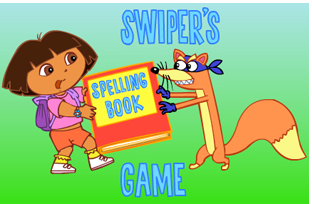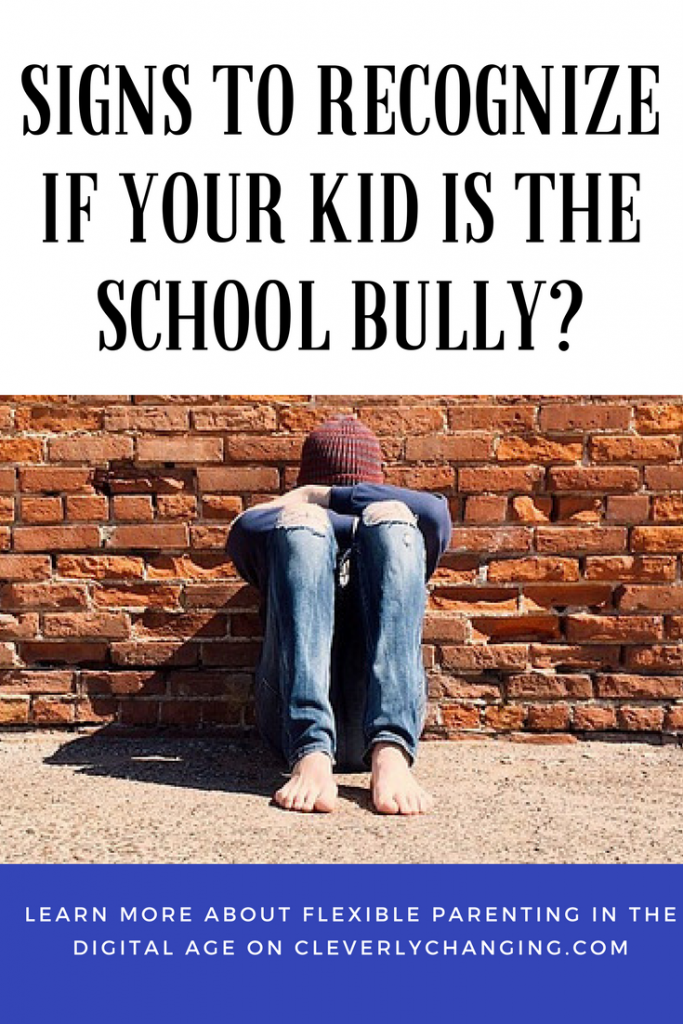 It is almost hard to believe that for more than a decade our children have enjoyed the “Dora the Explorer” series on Nickelodeon. The show is geared for the viewing pleasure of preschoolers, but one character on the show continues to worry me: Swiper. Swiper is a sneaky, thieving bully that takes things from Dora or her friends. My concern is whether or not our children are learning to enjoy the thrill of being a cruel bully from Swiper and other TV bullies as well.
It is almost hard to believe that for more than a decade our children have enjoyed the “Dora the Explorer” series on Nickelodeon. The show is geared for the viewing pleasure of preschoolers, but one character on the show continues to worry me: Swiper. Swiper is a sneaky, thieving bully that takes things from Dora or her friends. My concern is whether or not our children are learning to enjoy the thrill of being a cruel bully from Swiper and other TV bullies as well.
Children like different characters for a variety of reasons, but Swiper’s character has no point, other than to show a villain. We spend a lot of effort as parents to get children to stand up to bullies, but how much effort is going into preventing our children from being the school bully? When we see incorrect behaviors in children’s programming do we use this as a platform for discussion with our child? And are we nurturing our children to be compassionate to others regardless of race, gender, religion, etc.
As parents we must have a plan of action to teach our children to care about others; thus, helping to prevent bullies from forming. I recently watched a CNN report about Michael Palomino, a father who saw his son with six of his friends on a YouTube video bullying 1 other kid. The father turned his son into the authorities and now his son is in jail. This story is heart-breaking for all involved, but wouldn’t it be great if we recognized the signs and behaviors of bullying within our kids before they act out?
Do you know the signs of bullying? What are the preventative measures that we can try to help deter these behaviors from growing within our children?
Excessive Aggression
Some aggression is not entirely negative. In fact, it is a part of growing up. Some people call it aggression, while others refer to it as assertiveness. Dr. Claudia M. Gold reports in her article Prevent bullying by accepting healthy aggression that “If a child does not have a way to think about his feelings, he is likely to simply act them out. Children who continue, as they grow up, to behave in aggressive ways that are inappropriate for their age are often describes [SIC] as “impulsive.” Impulsive literally means to act without thinking. A child needs to learn from the adults around him how to think about his feelings” (source).
Excessive aggression in children however, has been linked to children who may have suffered from childhood abuse, beatings, witnessing hostility within a marriage, etc. So what can we do? For starters, when our children are young even toddlers we need to recognize these behaviors and teach them healthy ways to channel their aggression/express their feelings. Depending on the child writing, dancing, drawing, singing, fixing things etc are all different ways a child can use their talents to express themselves.
Insecurity
Healthy self-esteem is challenged in most children during their early years, but the insecurities they may feel does not always have a negative effect on their behavior in relation to other children. Both the bully and the child being bullied are experiencing different forms of insecurity. As parents it is important to support our children so they will be able to build their self-esteem. We need to let them know when they make good decisions to encourage them to make more. Personally, we need to exemplify the behaviors that we want our little ones to learn. As adults, we need to model self-assurance, strength, positive thinking, self-awareness, self-control, contentment, etc.
Poor Parent-child Examples
Parents’ relationship with others needs to display how we want our children to relate to their peers. When something at work doesn’t go well for us, we need to show our children how to handle disappointment and frustration by acknowledging our feelings, but also learning to move on and get other things done without allowing storms to cloud our ability to cope with life.
We should make sure our kids home environment is safe, peaceful, and supportive. Throughout our children’s lives we need to constantly reassure them that we are willing to listen to them and we care about what is going on in their lives. When they need our undivided attention the most, they should know they can count on us. As our wee ones grow we also need to compliment as they experience a variety of changes.
When my daughter broke her tooth and realized that it was not going to grow back over night, she asked, “Mom am I still pretty?” I didn’t think that my child was concerned about her physical appearance yet, but even at the age of three when she looked in the mirror she did not like what she saw. I recognized the problem and made it a point to let her know that she is beautiful on the inside and the outside as well.
Hatred
Children hate for a variety of reasons. Some causes of hate are jealously, physical differences, betrayal, traumatic experiences, chemical imbalance, pain, etc. If a child experiences hate if they don’t learn to address the root of the cause they will continue to hate as an adult.
One of the best ways to combat hatred is to teach tolerance. KidsHealth reports that “Many parents live and work in diverse communities and have friends who are different from themselves in some (or in many) ways. Parents’ attitudes about respecting others are often so much a part of them that they rarely even think about it. They teach those attitudes simply by being themselves and living their values. Parents who demonstrate (or model) tolerance in their everyday lives send a powerful message. As a result, their kids learn to appreciate differences, too.”
Lack of Empathy
A couple of months ago, my daughter was at a local indoor playground. She found a little girl that she wanted to play with and they hung-out and ran around until the child had to leave. After her new friend left my daughter saw a slightly older child around 5 or 6 years old that she wanted to play with. My daughter said “Hi,” and tried to strike up a conversation with her. Instead of acknowledging my daughter the little girl ignored her and then gathered a few other kids and created a game where everyone was advised to run away from my daughter when she turned toward them. Pretty harmless, I thought to myself at first, but my 3 year old eventually became extremely crushed. I then recognized the other child’s behavior as a mild form of bullying called Relational Aggression. Then I talked to my daughter and helped her understand that everyone will not be her friend or want to play with her. If and when this happens, she just needs to move on and find something else to do.
Ignorance
This may sound like a strong word when dealing with children, but in some cases kids just don’t know better. For instance, a child who is drawn to TV bullies may only be mimicking learned behaviors. Also, there are times when children may see others that are different and are not sure how to react; instead of getting to know the other child they join in taunting and teasing others because of their differences. In this case we have to teach them how to deal with people that are not the same as them. The best way for us to teach our children this lesson is to model the behavior. For instance we show them how to react by the way we through the way we speak and engage with others.
Additional Resources:

